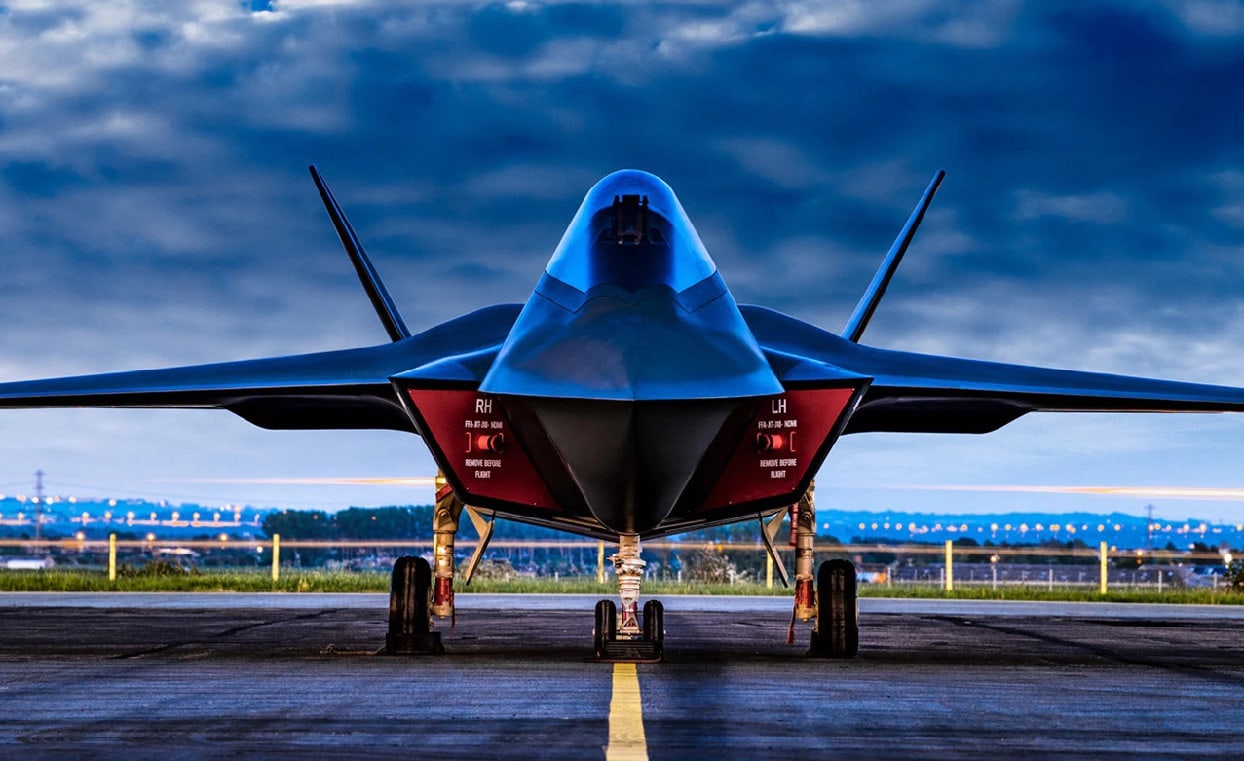Three years after the United Kingdom and its partners announced the development of the Tempest, a “sixth-generation” combat fighter, the Future Air Combat System (FCAS) program has entered the “concept and assessment phase,” with a contract worth approximately £250 million ($340 million) to lead contractor BAE Systems. The goal of the program has been to deliver a capable, flexible and affordable system by the mid-2030s, providing military, economic and industrial benefit to the UK and its international partners including Sweden, Italy, and Japan.
The program was initiated in 2015, but it wasn’t until three years later that the program was officially unveiled at the Farnborough International Air Show. A series of presentations at the recent Defence and Security Equipment International (DSEI) show in London highlighted the progress that has been made with Tempest.
“We’re taking a revolutionary approach, looking at a game-changing mix of swarming drones and uncrewed aircraft, as well as a next-generated piloted platform,” Air Chief Marshal Sir Mike Wigston, chief of the UK air staff, said at the military arms trade show, as reported by AIN Online.
“Tempest is not just hardware,” added Wigston. “It is about the weapons, the sensors, its battlespace connectivity, and how information is moved around its network. Tempest will exploit our world-class industrial base, pairing our brightest minds with digital ways of working.”
The program’s main partners, including BAE Systems, Leonardo, MBDA, Rolls-Ryoce and Saab, will be linked together and to the wider supply chain by the vast open systems information and networking technology. This will enable the various teams to share design and development models.
More than 2,000 workers at about 300 companies or institutions are currently engaged in the development of the aircraft.
“The purpose of this phase is to look at the progress, make an assessment. And then in late 2025, go to our governments, U.K., Italy, Sweden – and potentially Japan – and say, ‘This is the program. This is what we can deliver. This is the timeline,'” Air Commodore Jonny Moreton, director of FCAS at the Royal Air Force, said during DSEI.
The various partners will also utilize machine learning and artificial intelligence (AI) during this critical assessment phase.
“We must become digital natives. We are learning from Saa’’s experience of digitalization on the Gripen E and the T-7,” added Michael Christie, the FCAS director at BAE Systems, referring to the new T-7 jet pilot trainer employed by the U.S. Air Force that Saab designed with Boeing.
“We will behave as a single program,” Christie added, an apparent reference t o the Eurofighter Typhoon program, which has been noted for its protracted and at times “unwieldy” development process.
“FCAS has a half-the-cost, half-the-time mantra,” noted Christie. “A 10-year development to operations cycle is a massive improvement.”
The Tempest program has set a goal to enter service in the mid-2030s, but it may not just be a race against the clock. The UK would like to see more international partners join the FCAS efforts, but currently France, Germany and Spain are working on their own Future Combat Air System. The main contractors of the “Euro-FCAS” reportedly consist of Airbus Defence and Space (Germany and Spain), and Dassault (France). MTU (Germany), Safran (France), and ITP (Spain) comprise the engine team.
Both programs are working to develop a sixth-generation combat fighter that would have the potential to leapfrog the capabilities of the world’s most advanced combat aircraft including the F-35, F-22, J-20, and Su-57. Yet, the arrival of either could still be a long time coming.
Peter Suciu is a Michigan-based writer who has contributed to more than four dozen magazines, newspapers and websites. He regularly writes about military small arms, and is the author of several books on military headgear including A Gallery of Military Headdress, which is available on Amazon.com.

